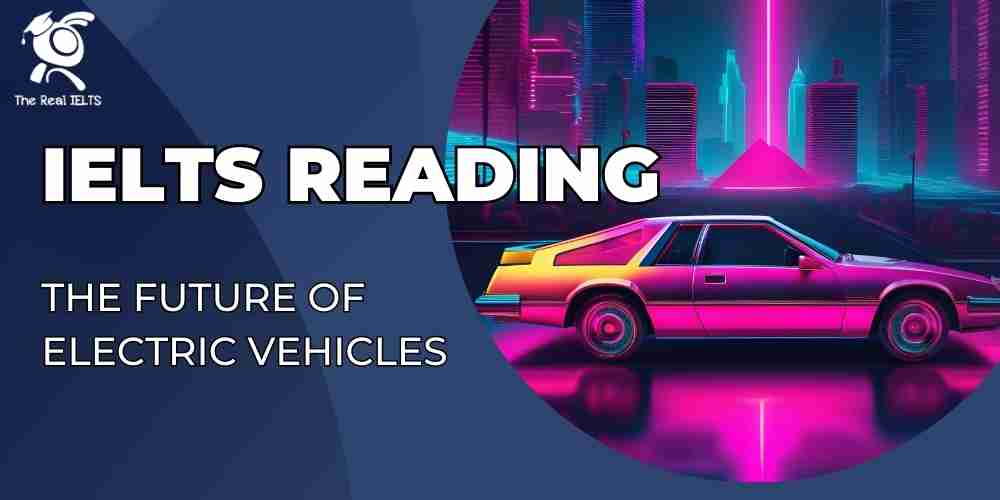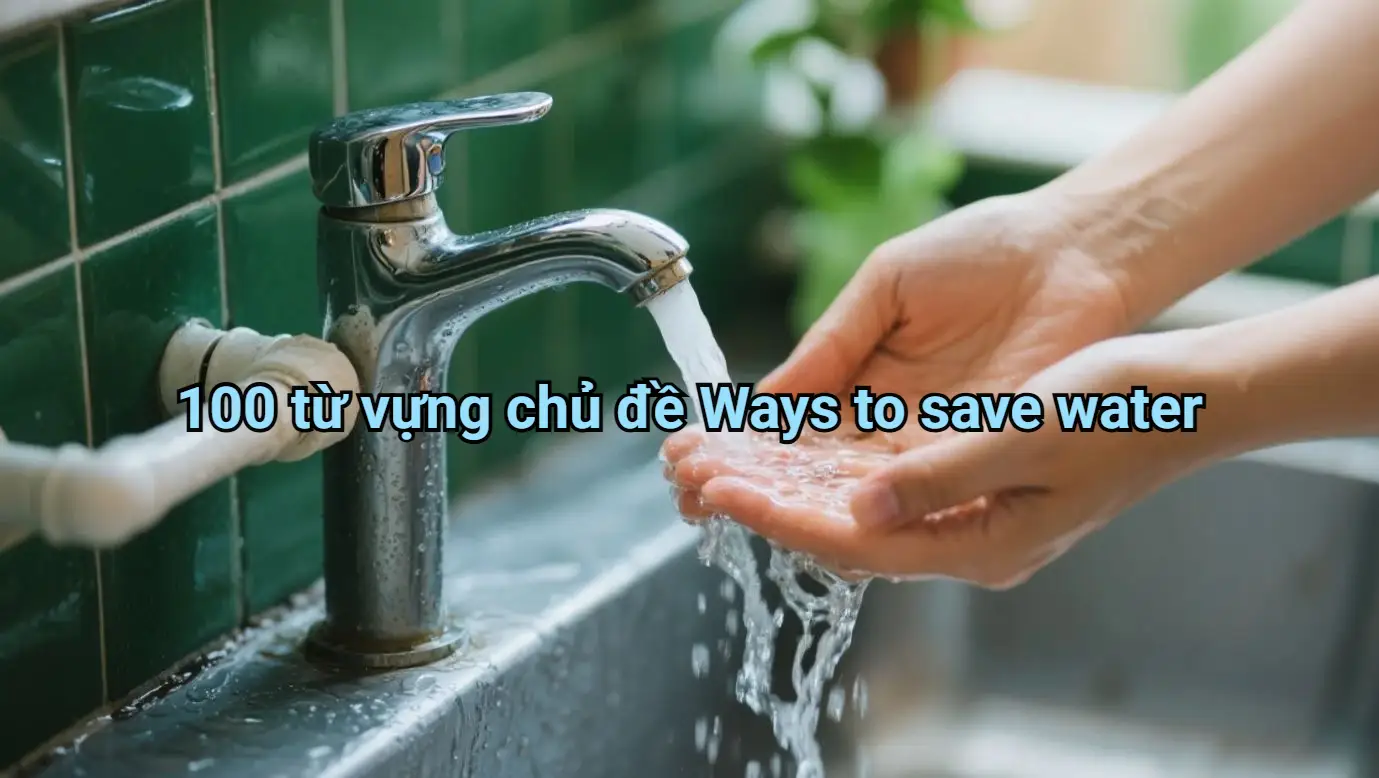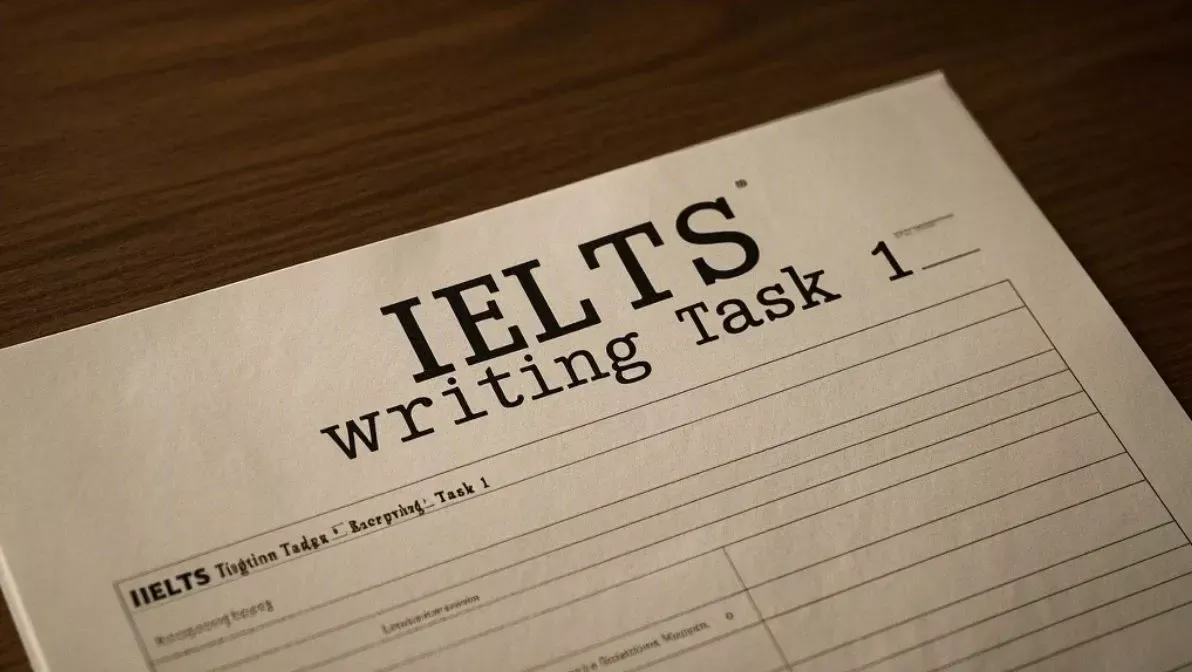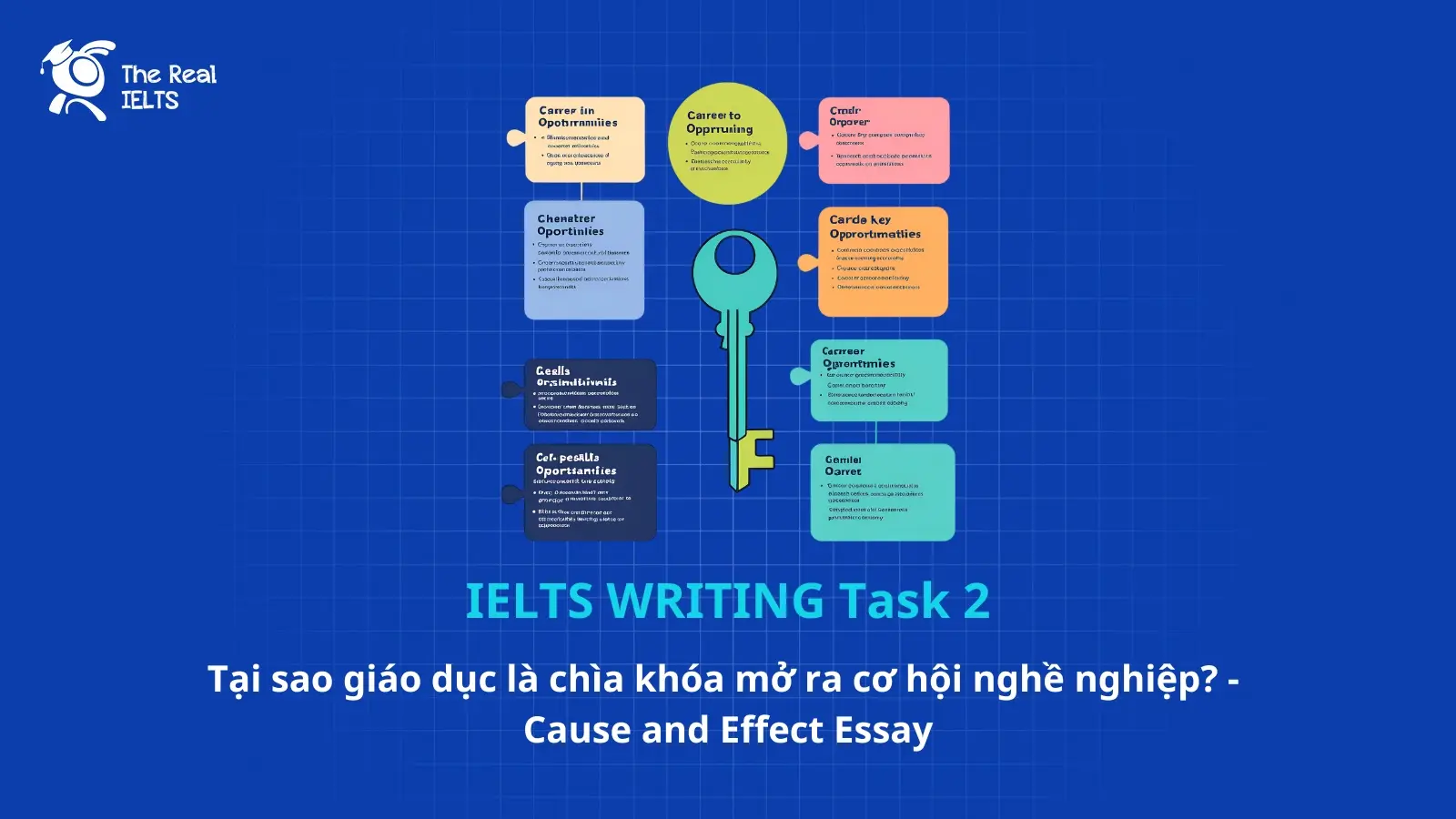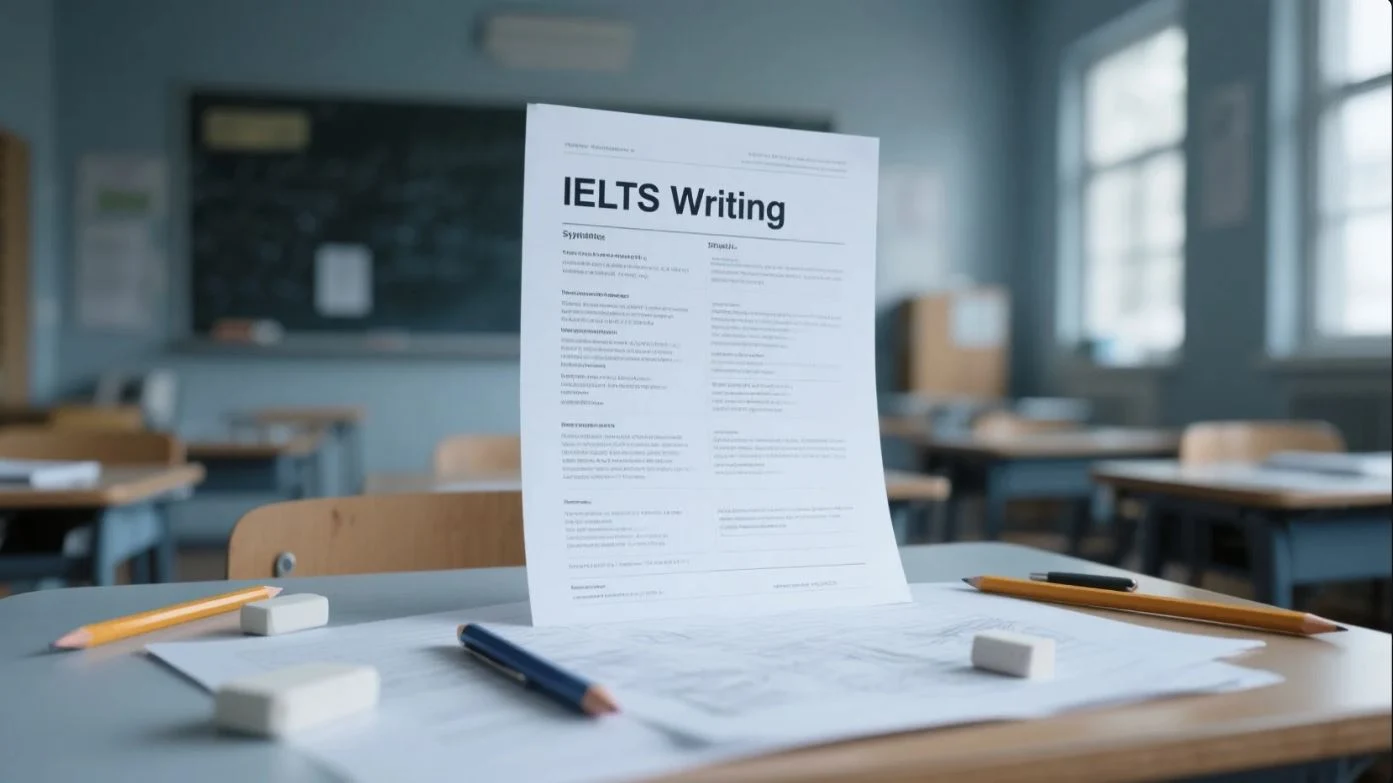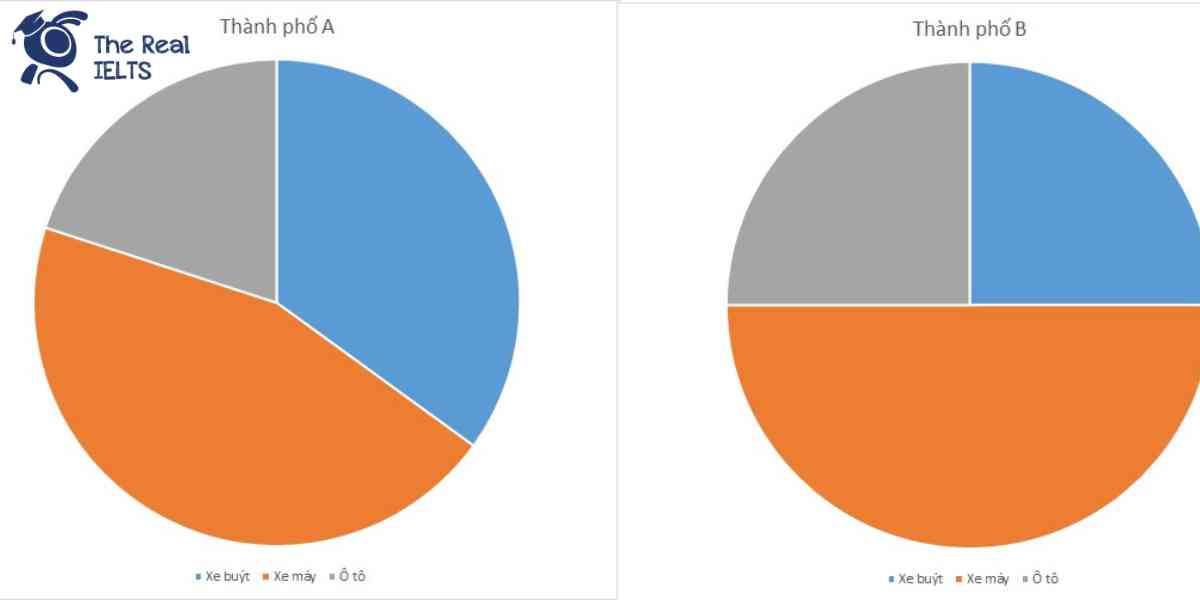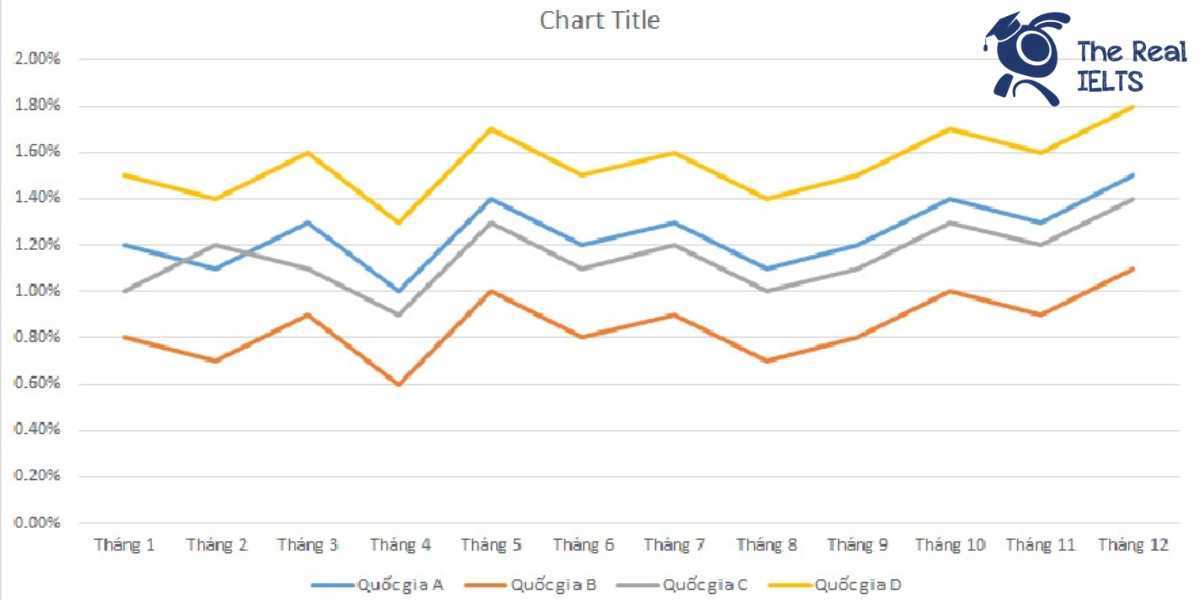IELTS Reading 12: The future of electric vehicles là chủ đề thuộc chuỗi bài luyện tập 11 dạng bài IELTS Reading và các bài tập luyện tập.
Học lại bài cũ: IELTS Reading 11: Development of Artificial Intelligence (AI).
IELTS Reading: The future of electric vehicles
Electric vehicles (EVs) have gained significant attention in recent years as governments and car manufacturers look for ways to reduce carbon emissions and combat climate change. With advances in battery technology, falling production costs, and increasing consumer interest, the future of electric vehicles looks promising. However, there are still several challenges that need to be addressed before electric vehicles can dominate the global market.
One of the main factors driving the growth of electric vehicles is the improvement in battery technology. Lithium-ion batteries, which power most EVs, have become cheaper and more efficient. These advancements have allowed electric vehicles to travel longer distances on a single charge, making them more appealing to consumers. Additionally, the development of solid-state batteries, which are expected to be safer and more durable than current lithium-ion batteries, could further revolutionize the industry.
Another important aspect of the electric vehicle revolution is government support. Many countries have implemented policies aimed at promoting the use of EVs. For example, several European nations have introduced subsidies and tax incentives for consumers who purchase electric cars. Furthermore, some governments have announced plans to ban the sale of new petrol and diesel vehicles within the next decade, pushing automakers to accelerate their transition to electric vehicles.
Despite these positive developments, there are still obstacles that must be overcome. One of the biggest challenges is the availability of charging infrastructure. While many cities in developed countries have made significant progress in building charging stations, rural areas and developing nations lag behind. Without a comprehensive charging network, consumers may be reluctant to switch to electric vehicles.
Moreover, the environmental benefits of electric vehicles are often questioned due to the carbon footprint associated with battery production. Although EVs produce zero emissions during operation, the mining and processing of materials like lithium, cobalt, and nickel required for batteries can have significant environmental impacts. Recycling and reusing old batteries will be crucial in addressing these concerns and ensuring that electric vehicles are truly sustainable in the long term.
In conclusion, while the future of electric vehicles appears bright, significant hurdles remain. Improvements in battery technology, government support, and the expansion of charging infrastructure will be key to the widespread adoption of electric vehicles. As the world continues to prioritize sustainability, electric vehicles will likely play a crucial role in reducing carbon emissions and shaping the future of transportation.
Question
1. Multiple Choice (Chọn đáp án đúng)
Question:
What has been the most significant factor in making electric vehicles more attractive to consumers?
- A. Government incentives
- B. Falling battery prices
- C. Increased fuel prices
- D. New design features
2. True/False/Not Given (Đúng/Sai/Không có thông tin)
Statements:
- Lithium-ion batteries are used in most electric vehicles.
- Electric vehicles have been banned in several European countries.
- The environmental impact of battery production is negligible.
3. Yes/No/Not Given (Có/Không/Không có thông tin)
Statements:
- The author believes solid-state batteries will replace lithium-ion batteries.
- Governments are likely to increase taxes on petrol and diesel vehicles in the future.
- The author thinks that electric vehicles will solve all environmental issues.
4. Matching Information (Ghép thông tin)
Match the information (A-E) to the correct paragraphs (1-5):
- A. Discusses the environmental concerns related to EV battery production.
- B. Mentions government support and incentives for electric vehicles.
- C. Explains technological advancements in electric vehicle batteries.
- D. Describes the challenge of charging infrastructure.
- E. Predicts future improvements in battery technology.
5. Matching Headings (Ghép tiêu đề)
Choose the correct heading for each paragraph (1-5):
- Challenges related to charging infrastructure
- Improvements in battery technology
- Environmental concerns surrounding electric vehicle production
- Government policies supporting electric vehicles
- The future potential of electric vehicles
6. Matching Sentence Endings (Ghép kết thúc câu)
Complete the sentences by matching the beginning of each sentence with the correct ending:
- Lithium-ion batteries have become…
- Solid-state batteries are expected to…
- Governments are planning to…
- One environmental concern is…
Endings:
A. …be more durable and safer than lithium-ion batteries.
B. …a major issue due to material extraction for batteries.
C. …ban the sale of petrol and diesel cars.
D. …cheaper and more efficient over the years.
7. Sentence Completion (Hoàn thành câu)
Complete the following sentences with NO MORE THAN TWO WORDS from the text:
- __________ have helped make electric vehicles more affordable.
- Some governments are offering __________ to encourage electric vehicle purchases.
- Rural areas lack __________, which is a significant barrier for EV adoption.
8. Summary Completion (Hoàn thành bản tóm tắt)
Complete the summary using words from the text:
Electric vehicles have become more popular due to improvements in battery technology, particularly with __________, which are now cheaper and more efficient. Governments are offering __________ to encourage people to buy electric vehicles, but there are still challenges, such as a lack of __________ in rural areas. Environmental concerns also arise from the __________ required for battery production.
9. Diagram Label Completion (Hoàn thành nhãn sơ đồ)
Label the diagram of an electric vehicle’s battery with words from the text:
- __________ battery powers most electric vehicles.
- __________ battery is expected to be the next major innovation in EV technology.
10. Short Answer Questions (Câu hỏi trả lời ngắn)
Answer the following questions with NO MORE THAN THREE WORDS:
- What kind of battery do most electric vehicles use?
- What are governments offering to make electric vehicles more appealing?
- What is the main concern regarding the production of EV batteries?
11. Table/Flowchart/Note Completion (Hoàn thành bảng/sơ đồ dòng/chú thích)
Complete the flowchart on the development of electric vehicles:
| Stage | Development |
|---|---|
| Battery improvement | __________ are now more efficient and cost-effective. |
| Government policies | __________ and tax breaks are offered in many countries. |
| Future prospects | __________ batteries may replace current technology. |
Answers
1. Multiple Choice (Chọn đáp án đúng)
Question:
What has been the most significant factor in making electric vehicles more attractive to consumers?
Answer:
- B. Falling battery prices
2. True/False/Not Given (Đúng/Sai/Không có thông tin)
Statements:
- Lithium-ion batteries are used in most electric vehicles.
- True
- Electric vehicles have been banned in several European countries.
- False
- The environmental impact of battery production is negligible.
- False
3. Yes/No/Not Given (Có/Không/Không có thông tin)
Statements:
- The author believes solid-state batteries will replace lithium-ion batteries.
- Yes
- Governments are likely to increase taxes on petrol and diesel vehicles in the future.
- Not Given
- The author thinks that electric vehicles will solve all environmental issues.
- No
4. Matching Information (Ghép thông tin)
Match the information (A-E) to the correct paragraphs (1-5):
- A. Discusses the environmental concerns related to EV battery production.
- Paragraph 4
- B. Mentions government support and incentives for electric vehicles.
- Paragraph 3
- C. Explains technological advancements in electric vehicle batteries.
- Paragraph 2
- D. Describes the challenge of charging infrastructure.
- Paragraph 5
- E. Predicts future improvements in battery technology.
- Paragraph 2
5. Matching Headings (Ghép tiêu đề)
Choose the correct heading for each paragraph (1-5):
- Paragraph 5: Challenges related to charging infrastructure
- Paragraph 2: Improvements in battery technology
- Paragraph 4: Environmental concerns surrounding electric vehicle production
- Paragraph 3: Government policies supporting electric vehicles
- Paragraph 1: The future potential of electric vehicles
6. Matching Sentence Endings (Ghép kết thúc câu)
Complete the sentences by matching the beginning of each sentence with the correct ending:
- Lithium-ion batteries have become…
- D. cheaper and more efficient over the years.
- Solid-state batteries are expected to…
- A. be more durable and safer than lithium-ion batteries.
- Governments are planning to…
- C. ban the sale of petrol and diesel cars.
- One environmental concern is…
- B. a major issue due to material extraction for batteries.
7. Sentence Completion (Hoàn thành câu)
Complete the following sentences with NO MORE THAN TWO WORDS from the text:
- Battery technology have helped make electric vehicles more affordable.
- Some governments are offering tax incentives to encourage electric vehicle purchases.
- Rural areas lack charging infrastructure, which is a significant barrier for EV adoption.
8. Summary Completion (Hoàn thành bản tóm tắt)
Complete the summary using words from the text:
Electric vehicles have become more popular due to improvements in battery technology, particularly with lithium-ion batteries, which are now cheaper and more efficient. Governments are offering subsidies to encourage people to buy electric vehicles, but there are still challenges, such as a lack of charging infrastructure in rural areas. Environmental concerns also arise from the materials required for battery production.
9. Diagram Label Completion (Hoàn thành nhãn sơ đồ)
Label the diagram of an electric vehicle’s battery with words from the text:
- Lithium-ion battery powers most electric vehicles.
- Solid-state battery is expected to be the next major innovation in EV technology.
10. Short Answer Questions (Câu hỏi trả lời ngắn)
Answer the following questions with NO MORE THAN THREE WORDS:
- What kind of battery do most electric vehicles use?
- Lithium-ion batteries
- What are governments offering to make electric vehicles more appealing?
- Subsidies and tax incentives
- What is the main concern regarding the production of EV batteries?
- Environmental impacts
11. Table/Flowchart/Note Completion (Hoàn thành bảng/sơ đồ dòng/chú thích)
Complete the flowchart on the development of electric vehicles:
| Stage | Development |
|---|---|
| Battery improvement | Lithium-ion batteries are now more efficient and cost-effective. |
| Government policies | Subsidies and tax breaks are offered in many countries. |
| Future prospects | Solid-state batteries may replace current technology. |


